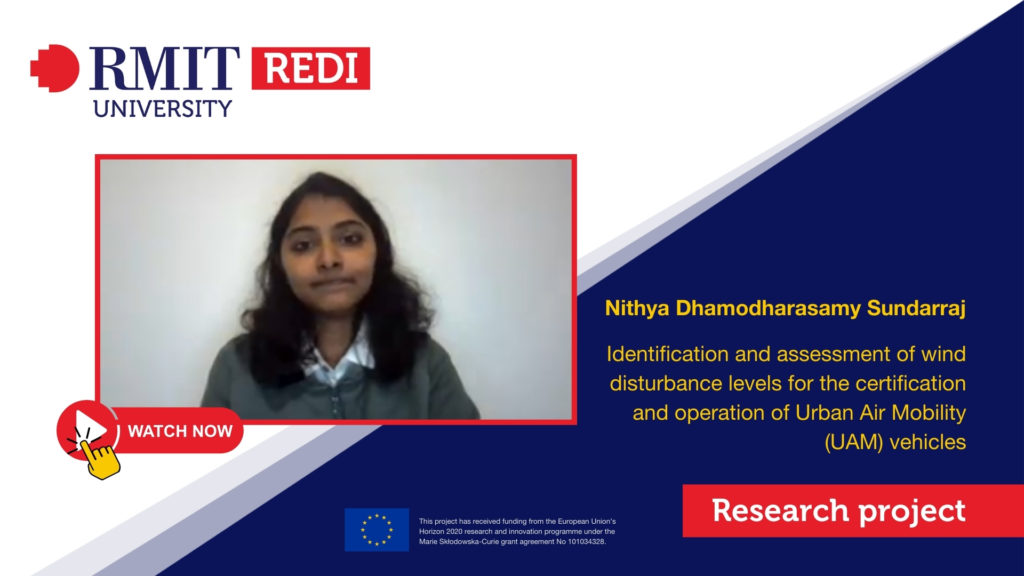Urban Air Mobility (UAM) is a new mode of air transportation technology concept that is specific to flight operations in the low altitude urban airspace above densely populated landscapes. Safety is the priority when it comes to aviation, especially for these envisioned concepts such as UAM which employs unconventional aircraft design configurations that brings numerous advantages along with an equal number of challenges to the testing and certification domain. For safe implementation and integration of these UAM vehicles in the existing urban airspace, the airworthiness must be evaluated to ensure and allow any hazardous failure to be at a probability of 10-9, as per the current manned aircraft operation airworthiness standards. This requisite the need for a performance-based risk assessment approach in contrast to the many currently existing qualitative hazard evaluation processes.
While the aviation industry and certification authorities are slowly moving towards a performance-based risk assessment approach, there is still a lot of gaps that needs to be addressed when it comes to the definition of atmospheric disturbance levels and information on the corresponding probability of occurrence and severity of impact on UAM operations. Large-scale atmospheric disturbances like rain, fog and storms typically affect the whole urban airspace in the same way, whereas wind is a microscale weather phenomenon that constantly changes and affects the airspace. With wind being known as one of the key contributors to un-stabilised flights in aviation, it is essential to study and distinctly define the wind characteristics and constraints for operating a flight in urban airspace. Therefore, the primary objective of this research is to evaluate and assess the wind constraints for safe UAM operation using simulation and testing. A simplified micro-scale wind forecasting model is to be developed with the help of simulation modelling and experimental wind tunnel tests for urban wind data generation. Later, this data will be integrated into a flight dynamics model to assess trajectory deviations and evaluate the impact of wind on the aircraft response during landing. Results obtained from this study are to be utilized to suggest UAM certification standards and operational guidelines.
Watch a video about Nithya’s project:
